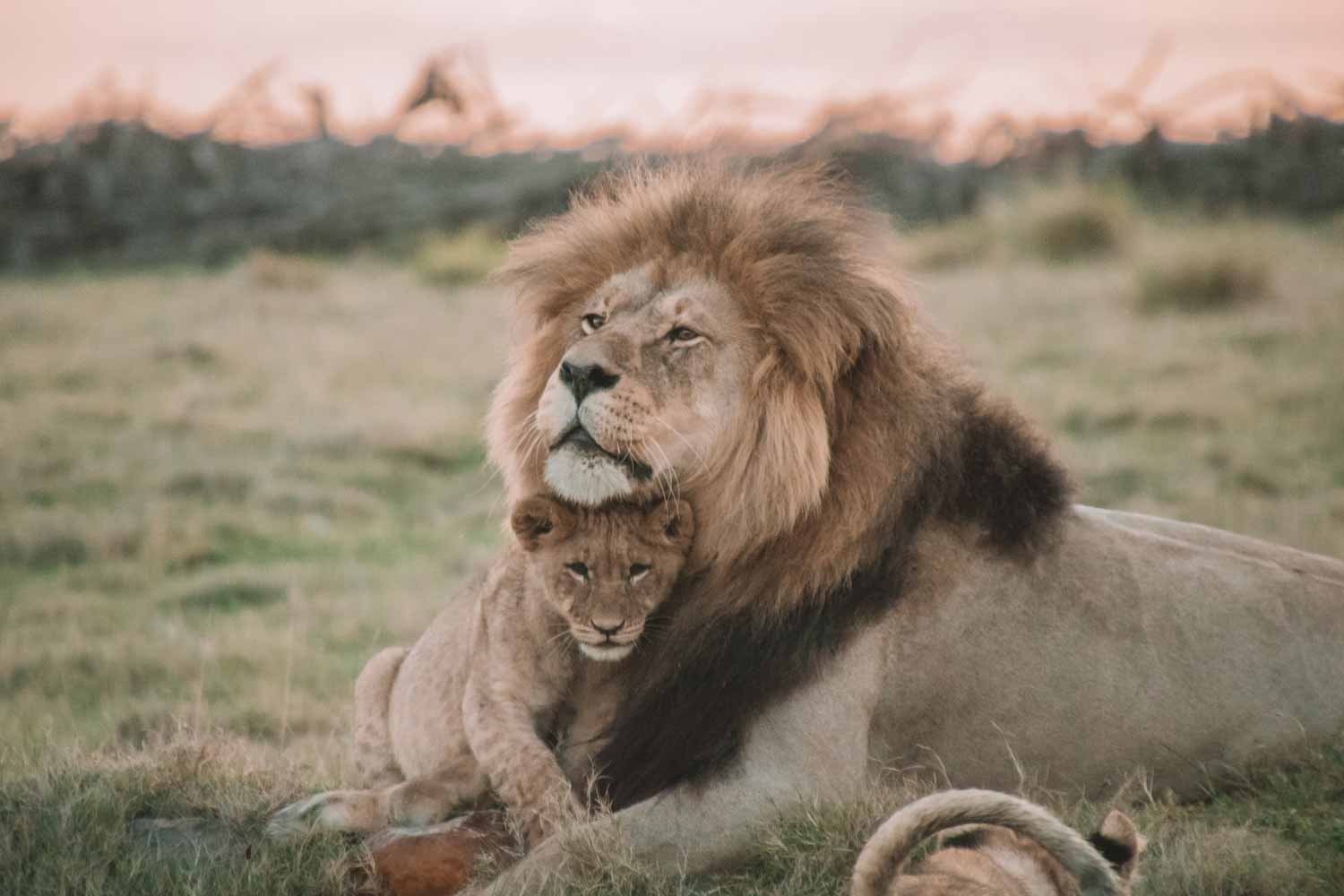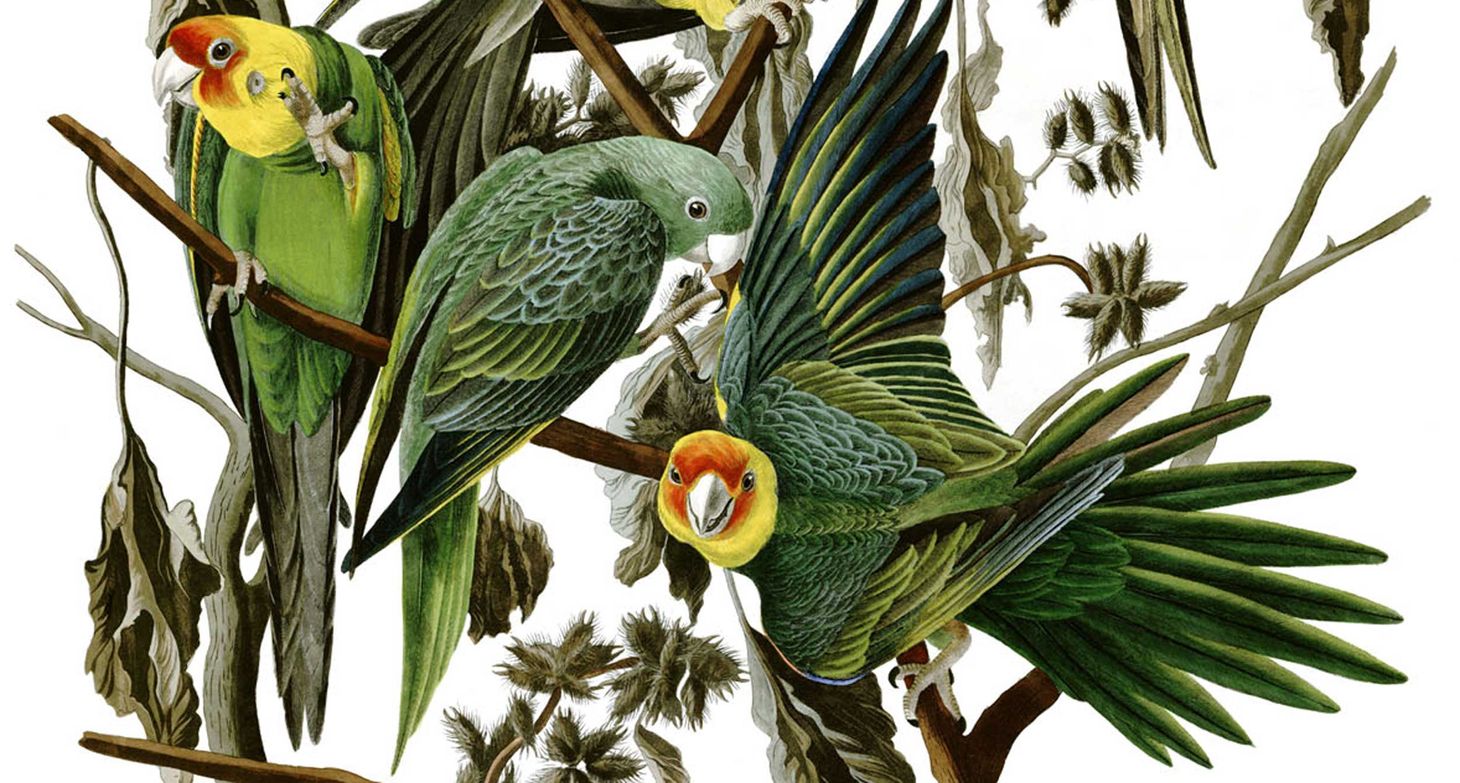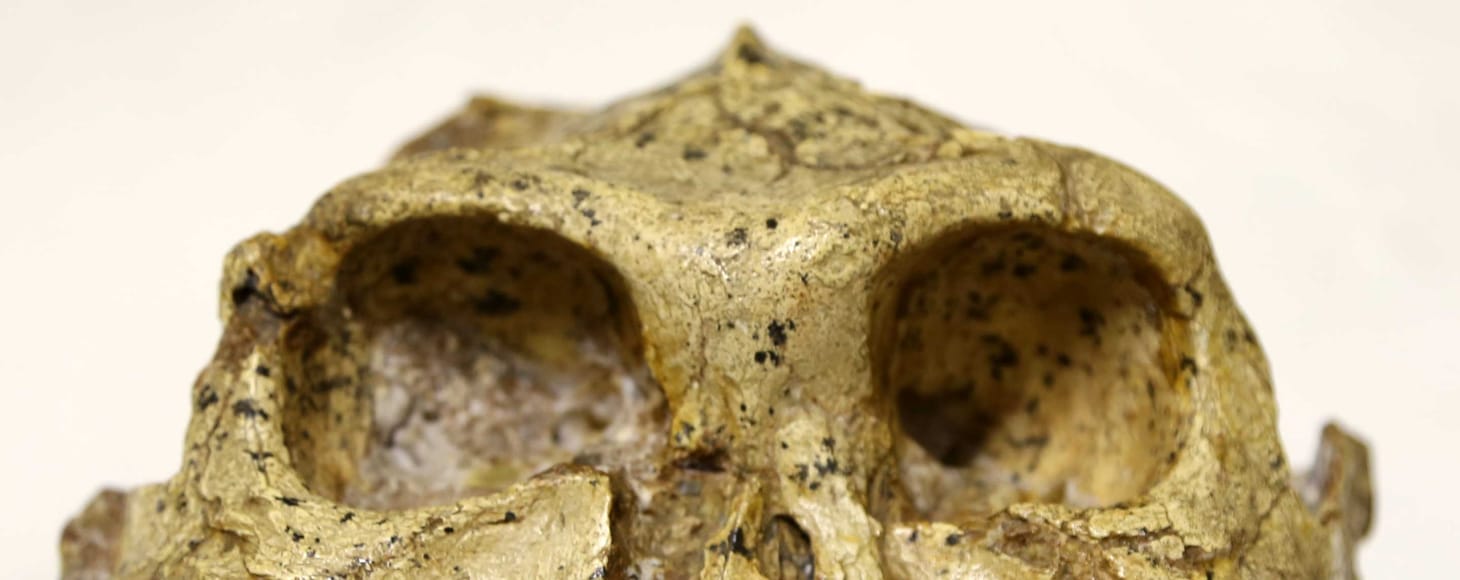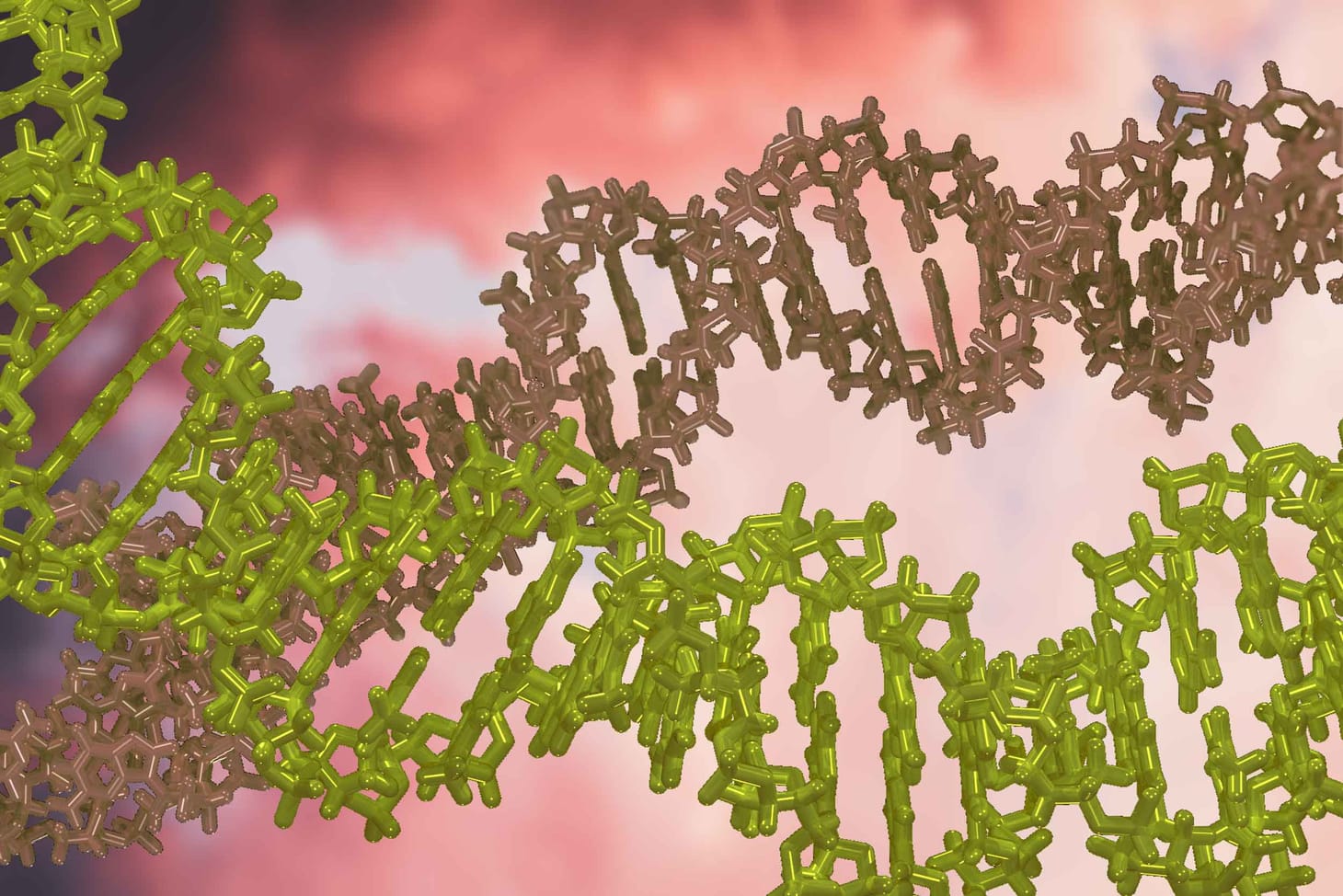The genetic ancestry of modern lions
A comparison of surviving populations of lions in Africa and India with extinct lions, including cave lions from Siberia and Yukon.

Marc de Manuel and coworkers have a new paper in PNAS that presents some new findings about lion population history from whole-genome sequencing. The paper has the title, “The evolutionary history of extinct and living lions”.
This is a paper on a fascinating biological topic where the title promises a bit more than it delivers. Their sample includes six modern lions from Africa and India, 12 lions from historical populations that are now extinct in Africa and West Asia, and 2 cave lions, one from Siberia and one from Yukon. A truly “evolutionary history of extinct and living lions” would include a larger sample of living lion diversity and at a minimum European cave lions and American lions (Panthera atrox).
Lions have a great fossil record that this paper mostly neglects. I’m more and more dismayed by the intellectual divisions between paleontologists and geneticists on the evolution of familiar mammal groups. In this case, with a title that calls up the “evolutionary history” of lions, it would be nice to have fossils as more a part of the story.
The lion story is fascinating right now precisely because what is emerging from the genetics does not seem to line up with long-standing ideas based on the fossil record. De Manuel and colleagues show that today’s African and Asian lions are markedly limited in their diversity. All living lions appear to stem from a Late Pleistocene common ancestry:
The deepest divergence within modern lions was between the northern and southern lineages (Fig. 1B), which shared an ancestor ca. 70,000 y ago (52,000 to 98,000 y ago; SI Appendix, Table S3 and Fig. S9). This date is consistent with previous estimates based on mtDNA sequence variation (5, 14), although slightly younger than prior estimates based on autosomal markers (9). Interestingly, through a PSMC analysis of the individuals from the northern and southern groups, we inferred a sudden decline in Ne in the northern genetic lineage at roughly the same time as the split between the 2 groups (ca. 70,000 y ago, Fig. 3A). This severe population bottleneck in the northern genetic lineage suggests that regions north of the Sahara were populated by only a few migrants from the southern lineage at some point in the Late Pleistocene (1, 9, 14).
That means that most fossil lions are likely outside the bounds of modern lion diversity. Lions have existed for a long time in Asia, Europe, and North and South America. Cave lions go back to 750,000 years or more in Europe. Not only these but fossil African lions also lie outside of the envelope of today’s African and Asian lions. That’s saying something. Lions have been a hugely successful evolutionary lineage, and they appear to have a population history that is much more constrained than that of modern humans.
It is notable in this study that lion populations that were considered as phenotypically divergent, such as the Cape lions and Berber lions, show no matching genetic differentiation. They are all part of the same Late Pleistocene diversification.
De Manuel and coworkers estimate that the cave lions diverged from modern lions around 500,000 years ago. Their data do not show any evidence of gene flow into cave lions from modern lions after their divergence. This is a bit of an idiosyncracy in comparison to the broader picture of cat phylogeny, which has extensive ancient hybridization among lineages. My impression is that the big story here, that today’s African and Asian lions all derive mostly from Late Pleistocene population diversification, means that gene flow that might once have happened between Asian (or American) lions and these cave lions from Siberia and Yukon is not going to register in today’s data. European lions might be more interesting, but the very recent common ancestry of today’s lion populations predicts that any gene flow between their stem population and cave lions is not going to show up on D-statistic type tests.
A half million years of genetic diversification for cave lions and modern lions is not enough to account for the fossil record of cave lions. Some cave lions have been around since the Early Pleistocene. I would guess that there were multiple dispersals of lions that may have been accompanied by introgression.
Many of the authors of this new paper were also authors of a paper describing the mitochondrial genome of the same Yukon cave lion specimen back in 2016. That paper was “Mitogenomics of the Extinct Cave Lion, Panthera spelaea (Goldfuss, 1810), Resolve its Position within the Panthera Cats” by Barnett and coworkers. In that paper, they provided a divergence date for cave lions and modern lions at 1.89 million years ago. Now, the comparisons of the nuclear genome suggest a much more recent date.
At this point in history, we all know that initial mtDNA comparisons between species may look quite different from later, more complete comparisons using the nuclear genome. Sometimes the divergence of mtDNA appears disproportionately great, Denisovans being an obvious example. This case with the cave lion is a big difference, and it reminds me of the differences we saw early on between chimpanzee mtDNA divergence and the first nuclear genome comparisons.
The difference matters to interpreting the cave lion fossil record, which extends much older than a half million years. De Manuel and coworkers do examine the discrepancy between mtDNA and nuclear comparisons to some degree. They mention in their supplement that previous attempts to date the divergence of cave lions and modern lions used the first appearance date of cave lions in Europe as a calibration point, while this study does not. The use of a fossil calibration assumes that the earliest fossil cave lions are genetic ancestors of later cave lions. That may be a bad assumption. The hominin record is now full of examples where the later inhabitants of a region come from later migrations with little input from earlier populations in the same region. If lions did they same, they would be a parallel to the population history of hominins.
On the whole,though, I’d like to see a fuller consideration of these different sets of data. The present sample of lion genome diversity is not yet enough to evaluate whether today’s lions may retain small contributions from divergent populations that may once have existed. I’m interested in whether the modern lions have to some extent absorbed ancient lion populations across Africa and possibly Asia, in the way that modern humans have absorbed many archaic hominin populations.
John Hawks Newsletter
Join the newsletter to receive the latest updates in your inbox.



